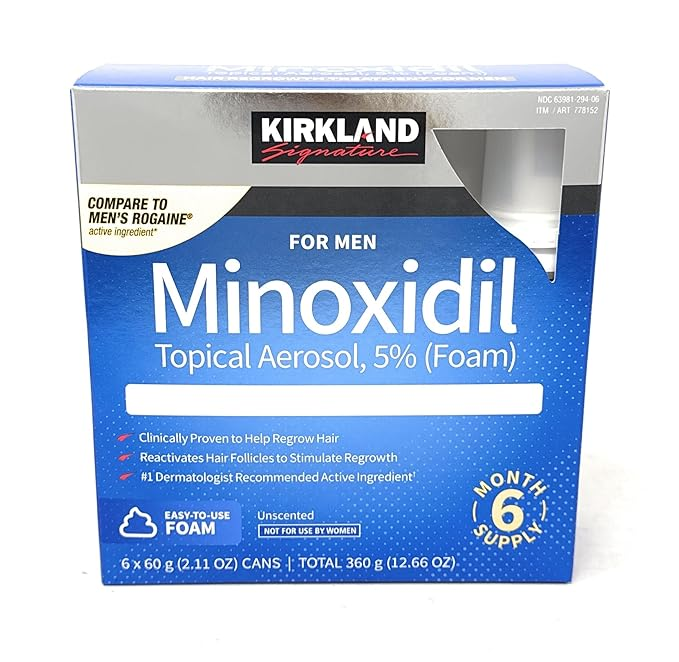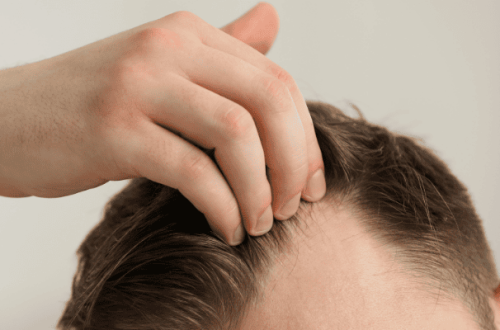Hair loss is something that affects nearly everyone at some point. For men, it often starts with a receding hairline or thinning crown. Women typically notice their part getting wider or more scalp showing when they pull their hair back. It’s frustrating, embarrassing, and can really knock your confidence.
That’s why so many people turn to minoxidil. You’ve probably seen the commercials for Rogaine or noticed the generic versions at your local pharmacy. Maybe a friend mentioned they’ve been using it with good results. But before you spend your money, you should know exactly what you’re getting into.
This guide will cover everything about minoxidil – from its accidental discovery to how to use it properly. I’ll share real user experiences, compare it to other treatments, and give you the straight facts about what results you can realistically expect. By the end, you’ll know if minoxidil is worth trying for your hair loss situation.
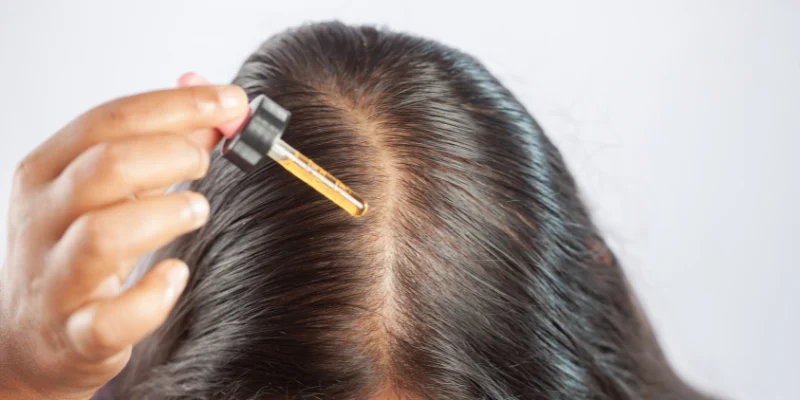
The Surprising History of Minoxidil
It’s funny how some of the best discoveries happen by accident. That’s exactly what happened with minoxidil. Back in the 1950s, pharmaceutical company Upjohn was working on new blood pressure medications. They developed a drug called minoxidil that worked by opening blood vessels to lower blood pressure.
Doctors started prescribing it in pill form for patients with severe hypertension. But soon they noticed something unexpected – patients were growing hair everywhere. Their arms, faces, even their backs were getting hairier. For balding patients, this side effect was actually welcome news.
Researchers got curious. Could this drug help with male pattern baldness? In the 1970s, they began testing a topical (applied to skin) version. The results were promising enough that in 1988, the FDA approved the first minoxidil hair loss treatment under the brand name Rogaine.
At first, you needed a prescription to get it. The early formula was a 2% solution. In 1996, the FDA approved an over-the-counter 2% version for men. A year later, they approved a 2% version for women too. Then in 2006, a stronger 5% foam was approved for men (women still use the 2%).
Today, you can find minoxidil everywhere – drugstores, supermarkets, online. There’s the brand name Rogaine, but also many cheaper generic versions from companies like Kirkland, Equate, and GoodSense. The price has dropped significantly, making it accessible to more people than ever.
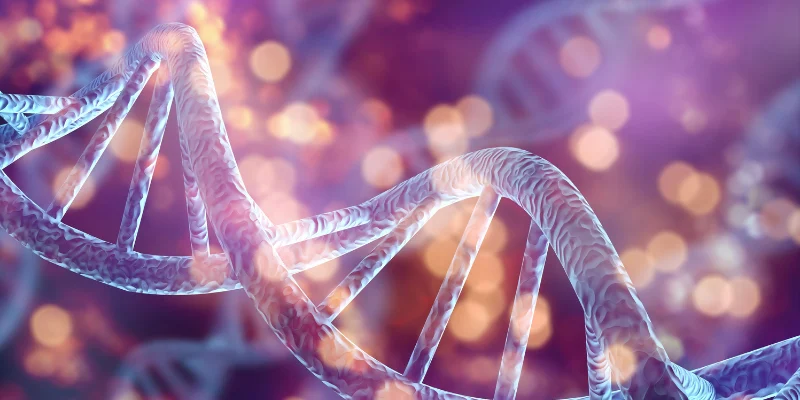
How Minoxidil Actually Works on Your Hair
Now let’s talk about how this stuff actually works on your scalp. Scientists don’t know all the details, but they’ve identified several ways minoxidil helps with hair growth:
- Improves Blood Flow – Minoxidil is what’s called a vasodilator. This means it helps widen blood vessels. When applied to the scalp, it brings more blood, oxygen, and nutrients to hair follicles. Think of it like fertilizing a plant – better nourishment leads to better growth.
- Extends the Growth Phase – Each hair on your head goes through cycles. The growth phase (anagen) lasts 2-6 years. Then the hair rests for a while before falling out. Minoxidil appears to keep hairs in the growth phase longer, so they grow thicker and stay on your head longer.
- Wakes Up Dormant Follicles – In male and female pattern baldness, hair follicles don’t actually die right away. They shrink (miniaturize) and become inactive. Minoxidil may help revive these sleeping follicles so they start producing hair again.
- May Affect Hair Growth Genes – Some research suggests minoxidil influences certain genes and growth factors in hair follicles, though this isn’t fully understood yet.
Important things to know:
- It works best on areas where hair is thinning but not completely gone
- It doesn’t work for everyone – about 30-40% of users see significant regrowth
- You have to keep using it – if you stop, you’ll lose any new hair within 3-6 months
Why Minoxidil Is More Popular Than Ever
Minoxidil has been around for decades, but its popularity has skyrocketed in recent years. Here are the key reasons why:
Social Media Changed the Game
Before, you only saw minoxidil in drugstore ads. Now, real people post their progress photos and videos on Instagram, TikTok, and YouTube. Seeing actual results from regular people makes it feel more trustworthy than company advertisements.
Women Started Using It More
Originally marketed just to men, women now make up a growing portion of minoxidil users. Many women experience hair thinning, especially after menopause or childbirth. The 2% solution is FDA-approved for female pattern hair loss.
Generic Options Became Widely Available
When only Rogaine existed, the cost was prohibitive for many. Now there are multiple generic versions that work just as well for a fraction of the price. A 3-month supply of Kirkland minoxidil costs about $15-20 compared to $50+ for Rogaine.
Easy Access
No need for doctor visits or prescriptions. You can buy minoxidil at any pharmacy, supermarket, or online. Many stores keep it stocked right on the shelf next to shampoos and other hair care products.
Proven Results
Unlike most hair growth products that make big claims with little evidence, minoxidil has decades of scientific studies backing its effectiveness. The FDA would only approve it if the research showed it actually works.
Celebrity Endorsements
More celebrities and influencers have openly discussed using minoxidil, helping remove the stigma around hair loss treatments. When public figures talk about their experiences, it makes others more comfortable trying it too.
Who Should (and Shouldn’t) Use Minoxidil
Minoxidil isn’t a magic potion that works for every type of hair loss. Here’s who can benefit most:
Best Candidates:
- Men with male pattern baldness (receding hairline or thinning crown)
- Women with female pattern hair loss (widening part or overall thinning)
- People in early stages of hair loss (better results than waiting until severe thinning)
- Those with some miniaturized hairs still present in balding areas
- People willing to commit to long-term, daily use
May Not Help Much For:
- Completely bald areas (where no hair grows at all)
- Hair loss from chemotherapy or radiation
- Patchy hair loss from alopecia areata (autoimmune condition)
- Hair loss from tight hairstyles or hair pulling
- Scarring alopecias where follicles are destroyed
Who Should Avoid It:
- People allergic to minoxidil or the solution ingredients
- Those with very sensitive skin or scalp conditions like psoriasis
- Pregnant or breastfeeding women (unless doctor approves)
- People using certain blood pressure medications (could interact)
- Anyone with unexplained sudden hair loss (see a doctor first)
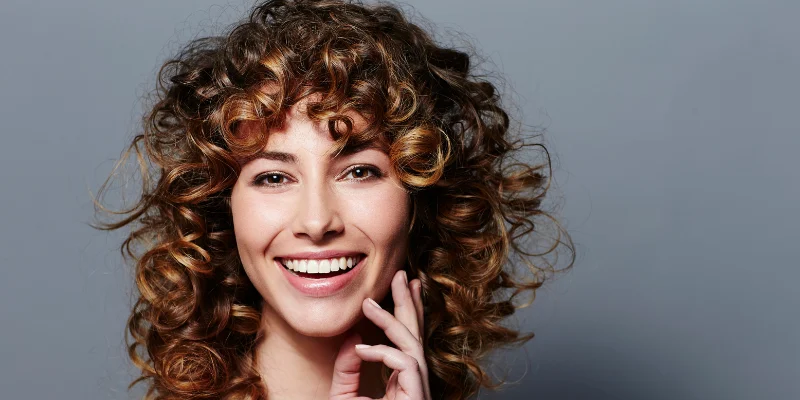
How to Use Minoxidil for Best Results
Using minoxidil correctly makes a big difference in your results. Here’s exactly how to do it:
1. Choose Your Form
- Liquid solution (5% or 2%) – Comes with a dropper. Easy to apply but can drip.
- Foam (5% only) – More expensive but less messy and dries quickly.
The secret behind our clinically proven formula are these 2 main ingredients in combination with several vitamins, antioxidants, and nutrients that effectively stimulate stronger and faster hair growth on both men & women.
Minoxidil Topical Aerosol, 5% is a white foam containing 5% minoxidil for use only on the scalp to help regrow hair in men.
2. Prepare Your Scalp
- Wash and dry your hair first if needed
- Part hair to expose thinning areas
- The scalp should be completely dry before applying
3. Apply the Product
- For liquid: Use 1mL (about 20 drops) per application
- For foam: Use half a capful (about a golf ball size)
- Spread evenly over thinning areas with fingers or applicator
- Don’t pour directly on scalp – put on fingers first
4. Let It Dry
- Don’t wash or wet hair for at least 4 hours after
- Don’t use a hair dryer to speed drying
- Style hair as usual once dry
5. Frequency
- Twice daily is ideal (morning and night)
- At minimum, once daily (will still work but slower)
- Be consistent – skipping days reduces effectiveness
6. Be Patient
- First changes: 2-3 months (less shedding)
- Visible regrowth: 4-6 months
- Full results: 12+ months
Common Mistakes to Avoid:
- Using too much (won’t work faster, just wastes product)
- Applying to wet scalp (won’t absorb properly)
- Giving up too soon (takes months to see results)
- Only applying to hair (must reach the scalp)
- Stopping after seeing results (hair loss will return)
What to Expect When Using Minoxidil?
Most people notice:
- Less hair shedding after 2-3 months
- New hair growth starting at 4-6 months
- Full results after 12+ months of use
Possible side effects:
- Scalp irritation (more common with liquid)
- Temporary increased shedding at first
- Unwanted facial hair if product drips
Comparing Minoxidil to Other Treatments
Finasteride (Propecia):
- Prescription pill for men
- Works differently than minoxidil
- Can have sexual side effects
Natural Remedies (like rosemary oil):
- Fewer side effects
- Less scientific evidence
- Typically not as effective
Hair Transplants:
- Permanent solution
- Much more expensive
- Still may need minoxidil after
Real User Experiences
Many users report:
- Visible improvement in hair thickness
- Slowed or stopped hair loss
- Regrowth in thinning areas
Some see minimal results:
- Works better for some than others
- Genetics play a big role
- Early treatment gives best results
Is Minoxidil Right For You?
Consider:
- Your hair loss pattern
- Willingness to use long-term
- Patience for slow results
- Budget for ongoing costs
Minoxidil is worth trying if:
- You have early stage thinning
- You’re committed to daily use
- You have realistic expectations
Final Thoughts
Minoxidil remains one of the most effective over-the-counter hair loss treatments. While not perfect, it helps many people maintain and regrow hair. The keys to success are starting early, using it correctly, and being patient. For best results, combine with a healthy lifestyle and proper hair care.

